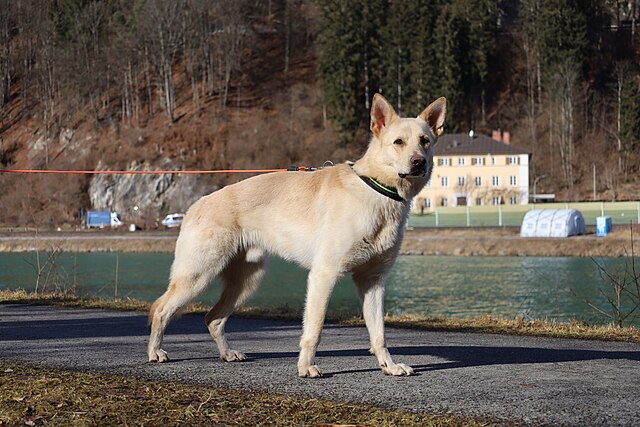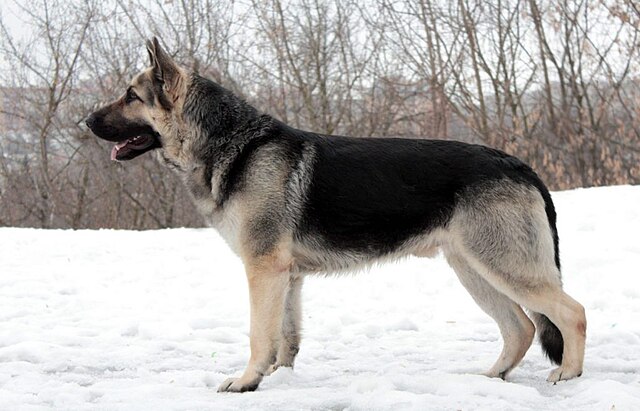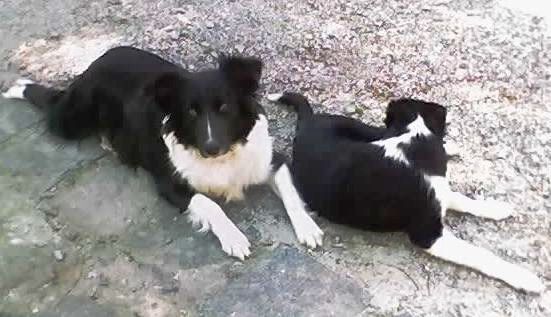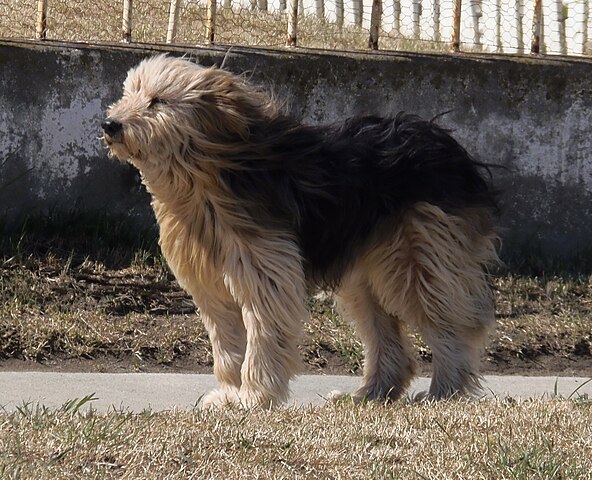The Galician Shepherd, AKA the Can de Palleiro, gets his name from the “palleiros” (haystacks) that he would traditionally sleep on while working the farms. In fact, “haystack dog” is a common nickname for this breed commonly used for herding and guarding cattle. These dogs are very rare, however since 2002 the parent club in Galicia, Spain has been actively working to preserve and grow the numbers of these beautiful dogs. Thankfully the program has been working as at the time of this article, there are over 2,200 registered dogs. Fanciers of the breed treasure their protective instincts, natural herding abilities, and noble natures. Prospective owners should be aware that they will likely need to import a dog from Spain if they want one – this extremely rare breed is basically unheard of in the United States.
Galicians are not too dissimilar to other Shepherd breeds with which they share comparable origins – namely German, Belgian or Dutch, although they are oftentimes more docile and are said to be more trainable. When well bred and raised correctly, they have very balanced temperaments and should never be randomly aggressive. While they are naturally protective, they are less likely to act on these impulses unless they deem the situation very dire. They are known for their courage while facing unusual situations, aloofness toward strangers and friendliness towards those they know. Like most dogs with naturally protective instincts, it is important that they are extensively socialized from a young age so that the correct temperament can develop.
The Galician needs a lot of exercise as he is an active and animated dog. Keep in mind that he is large and powerful, and does best in a home with a backyard. This family-centric dog can roughhouse with the kids or play a gentle game of fetch with Grandma, but he should also receive long daily walks in the neighborhood as well. While his energetic natures means he isn’t the best fit for an apartment, his trustworthy and loyal temperament makes him well-suited for companionship or even therapy work! It’s important to note that the Haystack does tend to have a higher prey drive than many of the other shepherd breeds so if he is to live with small animals, he must be thoroughly socialized to them whilst young.
The Galician Shepherd learns very quickly as he is certainly an intelligent dog, although he is also sensitive and does best with a mixture of high motivation combined with firm yet fair rules. He needs a job to do so that his mind stays engaged and obedience training is a great way to give him a job, as are other dog sports. He can and has been used in Spain as a search and rescue dog, police dog, guide dog, drug dog and explosive detection dog! He requires not only regular training and mental enrichment, but also a strong routine that he can count on. This breed doesn’t do well with a chaotic lifestyle as he needs stability and a firm foundation of rules that he can expect. While he can adapt to many different environments, his sensitive nature means that he needs a place of his own that he can go “relax” in such as a crate with an open door. Looking for the perfect crate for your Galician Shepherd? Check out the Petmate Vari Kennel to keep him comfortable and secure! https://amzn.to/3B3CUE6
A study on the temperament of the Galician Shepherd was conducted at a certain point, comparing it to other related breeds. Results found that they are less likely to suffer separation anxiety, in addition to a series of correlated temperament traits. According to the study they seem to be less neurotic and generally more stable, in addition to being calmer and less likely to be hyperactive. They do share similar physical characteristics however, including a short thick coat and a rustic, “wolfy” appearance. The muzzle is narrow and triangular, the ears are large and erect, and the tail is thick and long. Color options include sand, chestnut, cinnamon, black, or “wolf” (sabled gray).
The average lifespan for the Galician Shepherd is 12-14 years and this breed tends to be very healthy, meaning they generally aren’t expensive to care for. There are no frequent health problems that are known in the breed such as hip dysplasia or other such ailments. They do require regular grooming, particularly a brushing a few times a week to rid the body of excess hair, but otherwise grooming their weatherproof coat is easy. The Galician can make a wonderful pet for the right family and certainly has a bright future, provided that the club can continue to promote them to an otherwise-unaware public!

Affiliate Disclaimer
As an Amazon Associate, I earn from qualifying purchases. This means that if you click on an affiliate link on this site and make a purchase, I may earn a small commission at no additional cost to you. Rest assured that I only link to products I have used, or use on a regular basis, and trust enough to recommend them to you!



